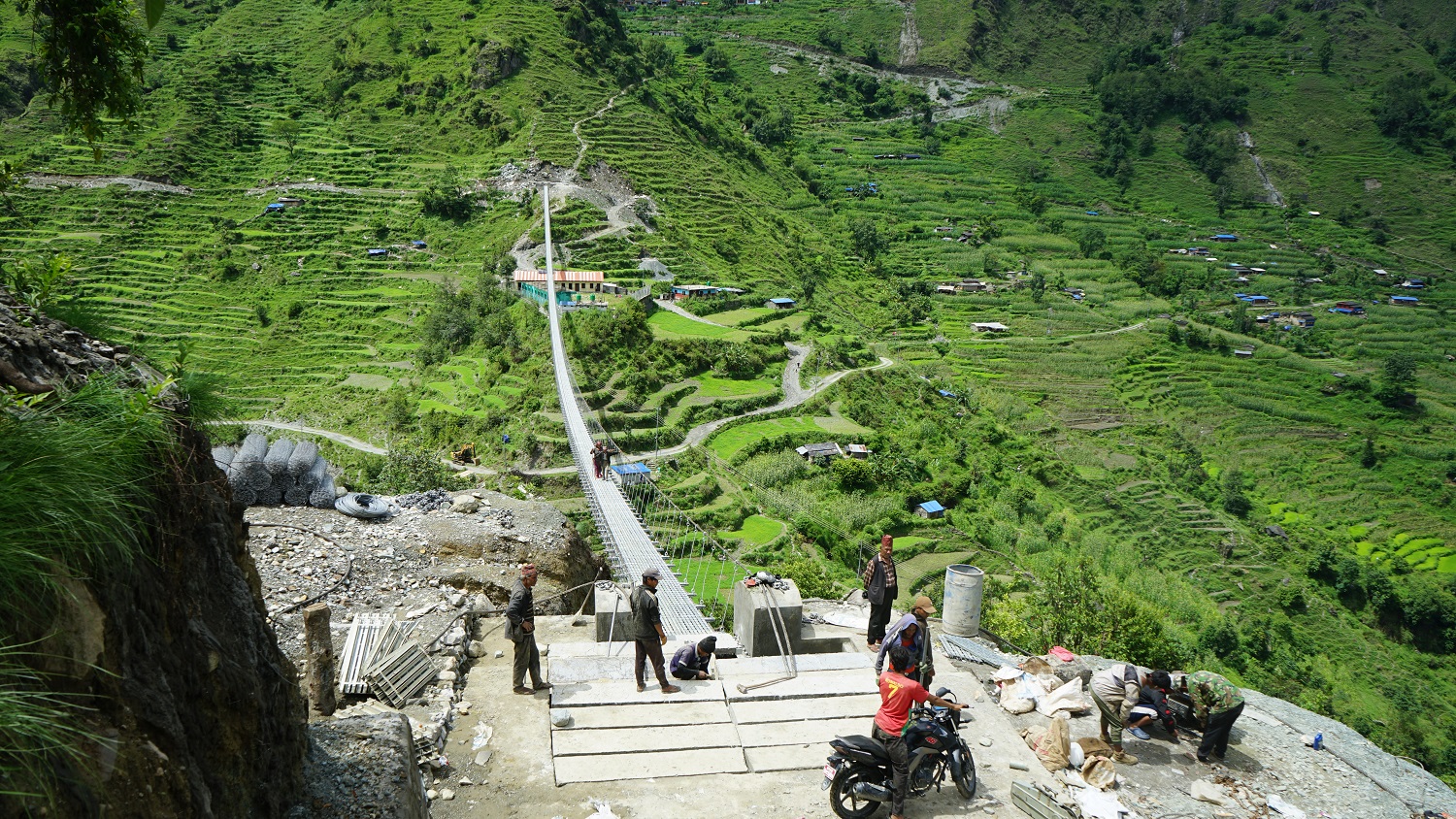KATHMANDU, Aug 25: The city is painted in red. Women draped in bright sarees and glass bangles step into the rhythm of Teej songs echoing through courtyards and community halls. But alongside the music and dance, another tradition quietly tells the story of change—the food of dar.
Dar, the feast enjoyed on the eve of Teej fasting, has always been more than just a meal. It is a memory, a symbol of togetherness, and a marker of how times—and tastes—have shifted.
For 70-year-old Sanumaiya Pudasaini of Gothatar, dar meant simplicity. “In our days, dar was usually just kheer,” she recalls with a smile. “We used milk from cows raised at home, cooked kheer, and shared it with the family. Alongside, there would be mustard greens, homemade pickles, and potato curry.”
Teej takes

Similar recollections come from 60-year-old Gayatri Khadka, originally from Chautara, Sindhupalchok. Now settled in Kageshwari Manohara, she vividly remembers the aroma of ghee poured over rice and the rustic bread baked under a clay lid (dhakani). “We bought yogurt, vegetables and sometimes meat from the market, but most of the flavors came from our own kitchens,” she said.
Back then, dar was defined by whatever the village could offer—beaten rice, maize porridge, dried and fermented vegetables, pickled beans, or breads baked on earthen stoves. Sweet treats like sel roti, anarsa, and khajuri were not delicacies bought from stores but handcrafted symbols of patience and skill. “Earlier, dar was simple yet nourishing,” says Manita Pandey. “It reflected the land and the season.”
But today’s urban Teej celebrations tell a different story. Modern menus mix tradition with global flavors. Instead of preparing everything at home, families often turn to bakeries and sweet shops. Colorful trays of rasbari, barfi, gulab jamun, and laddus replace handmade sweets. Even more strikingly, Western and fast foods have made their way into dar. “Now, you see pasta, momos, pizza, and even burgers alongside beaten rice,” notes Sulochana Thapa. “Meat options have also expanded—from goat and chicken to seafood.”
What was once a meal of preparation for fasting has, for some, transformed into a statement of fashion and urban lifestyle. Yet the essence of dar remains unchanged: it is still about gathering, laughing, and sharing. Women come together in red sarees, sing devotional songs, or sway to modern Teej tunes, and in between dances, they pass plates of food—traditional or modern, homemade or store-bought.
In the end, comparing the dar of yesterday and today reveals more than a shift in recipes; it reflects changing lifestyles, economies, and cultures. The dar of the past carried the warmth of the home hearth, while today’s dar carries the flavors of an evolving city.
But whether made of kheer and mustard greens or pizza and rasbari, dar continues to nourish the spirit of Teej. As Sulochana puts it, “Dar is the soul of Teej—bringing families, relatives, and friends together, one plate at a time.”





































